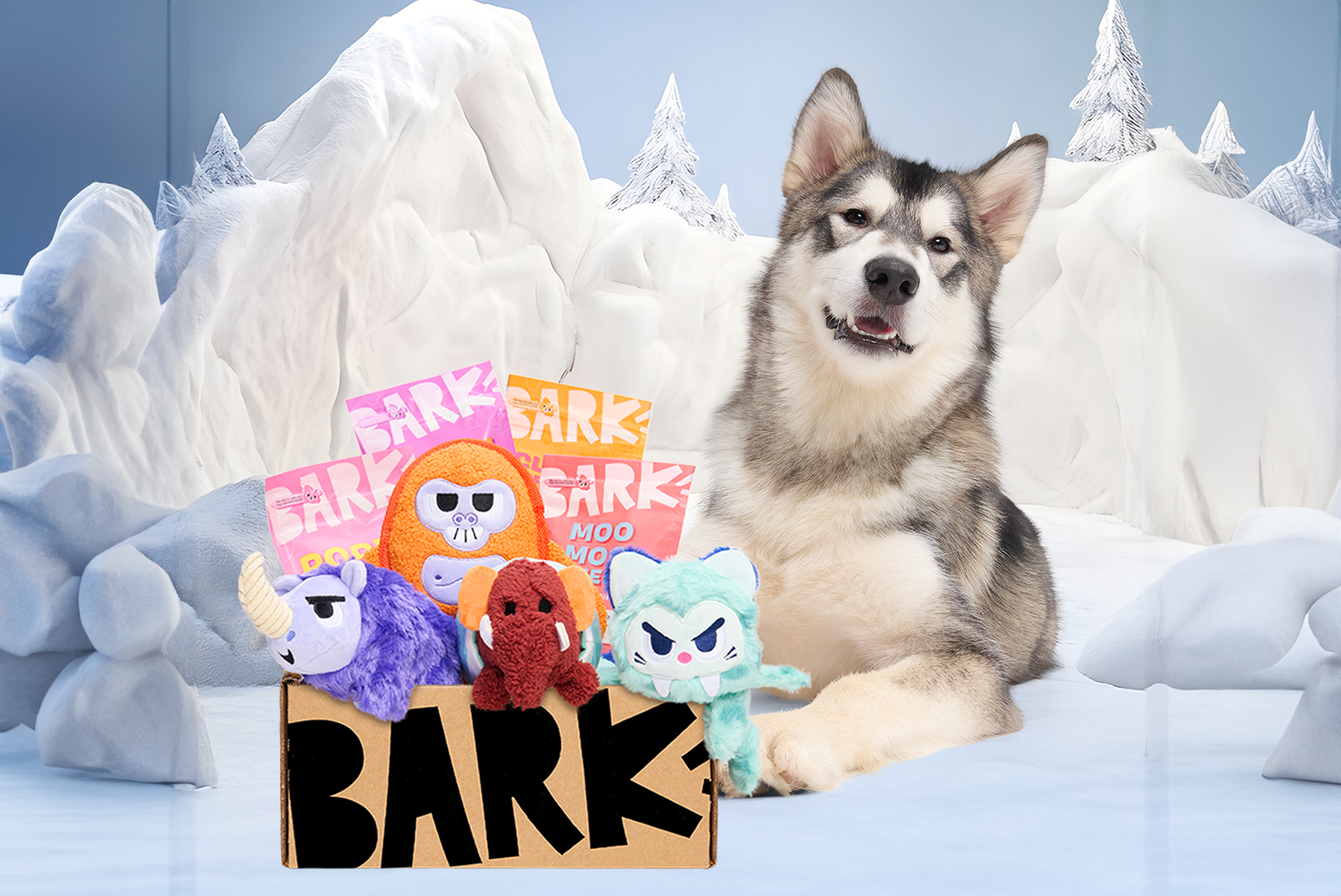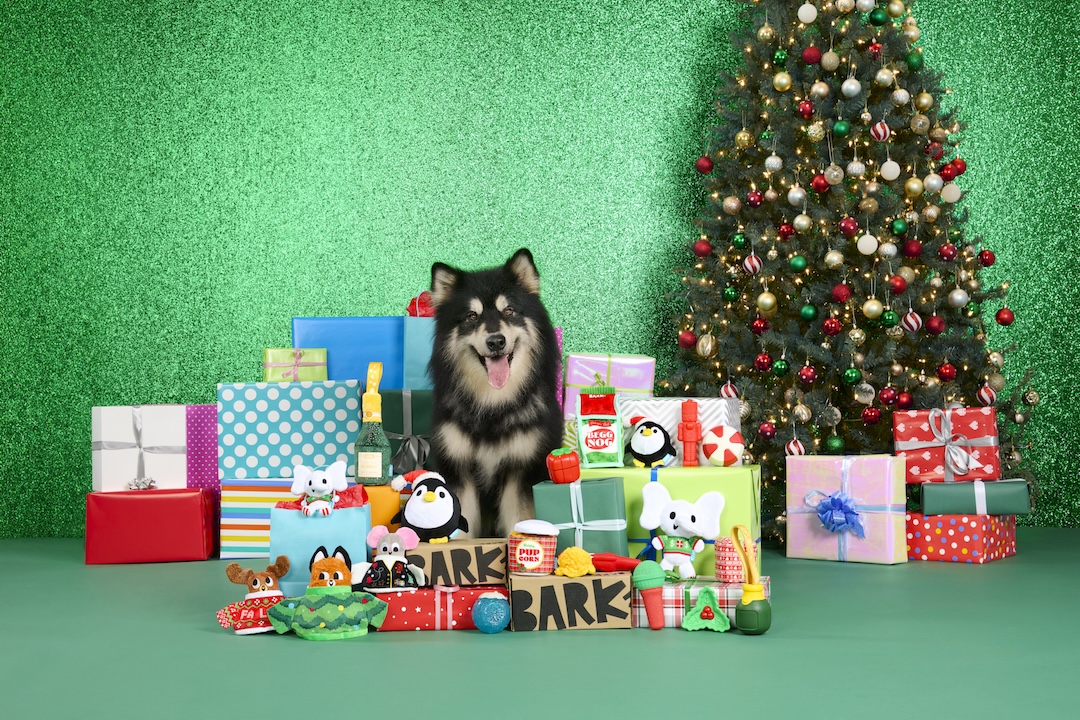Sometimes searching for a canine BFF can feel like trying to find a place to sit in the high school cafeteria. There’s the cheerleaders (golden retrievers), the jocks (Rottweilers), the brainiacs (border collies), and the dogs who sleep through all their classes (c’mon now, chow chows). With so many cliques to pick from, who should you sit with?
Of course, you could always sit with the top dog who encompasses the best of the whole student body—the Australian shepherd.
The Australian shepherd boasts a wide range of abilities, making them the superlative pup among their peers. With so many accolades and extracurriculars, this dog may just win the race for most popular dog in school. Let’s explore some Australian shepherd fun facts.
#1 They’re Herders At Heart
Nothing says expert hall monitor quite like an Australian shepherd. These student leaders can (and will) herd about anything.1
But this herding ability doesn’t just apply to farm animals. If you have small children around your house, you may find that your Aussie enjoys herding them into groups. While they can learn to act very friendly around small children and animals, sometimes their instincts kick in and encourage them to nip at heels. It’s best to address this behavior early on in their lives.
#2 They’re Super-Star Athletes
Move over, jocks—we’ve got a star athlete rising in the ranks. Australian shepherds need to keep up with flocks or escaping animals. Therefore, they have built-in endurance and speed, making them perfect for athletic activities. But all that athleticism means that Aussies need to get their workouts in so they don’t turn their energy toward mischief instead.
You can spend some quality time with your beloved Aussie by:
- Going on long hikes
- Playing fetch
- Tossing the frisbee around
- Practicing agility courses
In addition to daily exercise, Aussies also need room to roam. They’re happiest in open pastures or a big backyard. Dust off your varsity letterman jacket, because this pup is ready to take the field.
You can expect these natural athletes to eat – a lot. Always do your own research when picking the perfect food for your dog, but if you need a place to start, try BARK food for Australian Shepherds! Pro Tip: Get 25% off with code 25FOOD and free shipping!
#3 They Actually Don’t Hail From Australia
Breaking news: The Australian shepherd dog does not come from Australia. Looks like we can scratch foreign exchange student off the list.
Though they’re believed to derive from European herding dogs, Australian shepherds are about as authentically American as a dog breed can get. With roots dating back to the Native Americans, these dogs were vital in the western expansion of the United States and were crucial for rural communities in North America.1
As if the Australia bit isn’t confusing enough, this dog breed also used to go by various other titles before landing on the name Australian shepherd. Other names include:
- Spanish shepherd
- New Mexican shepherd
- California shepherd
- Pastor dog
- Bob-tails
- Australian Cattle Dog
One thing’s for sure—Australian shepherds are so darn cute, they could pull off any name.
#4 Aussies Can Have Many Jobs
Not only does this dog breed rule the school, it can also juggle part-time jobs with ease. Believe it or not, Australian shepherds can do more than fetch the newspaper and snuggle on the couch for movie time. Due to their highly developed sense of intelligence, Australian shepherds have a knack for highly specialized tasks.
You could see any number of Aussies working as a:
- Herder – You can’t spell Australian shepherd without ‘herd.’ That’s because this dog breed comes from a long line of herding dogs. Aussies (along with other herding counterparts such as collies or sheepdogs) have been an integral part of the farming community for centuries.
- Hearing/Seeing eye dog – Since Aussies constantly look out for loose animals straying from the flock, they have an acute awareness of their surroundings. This behavior makes them excellent candidates for hearing dogs or seeing eye dogs for people with disabilities. Having a dog that can protect you from trouble—and navigate you out of it—is a valuable skill.
- Search and rescue agent – When you combine their athletic abilities and attentiveness, it’s no surprise that Aussies also make wonderful search and rescue dogs. They also have a strong bark and allegiance to their masters, making them ideal for protective measures.
The Australian shepherd doesn’t do well with laziness. It’s in the breed’s genes to be productive. If not stimulated enough, many Aussies will act out and misbehave. So, like a high schooler with too much time on their hands, sometimes getting a job gives them something positive to focus their attention on.
#5 They Can Have Multi-Colored Eyes
And the superlative for “Best Eyes” goes to—you guessed it—the Australian shepherd. These beauties are famous for their stunning eyes. They typically come in a gorgeous brown or a very pale blue. However, it’s not uncommon to see an Aussie with an eye of each color.
This trait, known as heterochromia, is also common among other dog breeds such as the:
This genetic trait does not affect the Australian shepherd’s eyesight, although Aussies and other merle coat breeds are slightly more susceptible to certain eye conditions than other dogs.2 These conditions include cataracts, colobomas, and collie eye anomaly.
#6 They Were Sacred Among Native Americans
Long before Aussies were ruling the school, they were sacred among Native Americans.3 According to legend, the Natives often referred to Australian shepherds as ghost eyes—most certainly a reference to their insanely pale blue eyes.
#7 They Come In Different Size Variations
When most people think of Australian shepherds, they think of a medium-sized dog perfect for prancing around a field. However, did you know that an Aussie has more than one size variation?
Though there are no large variations of this dog (kind of a bummer, we know), some Aussies can appear smaller than you may have imagined. Australian shepherd sizes can include:4
- Standard Aussies – Most Aussies come in the medium/mid-sized variety. A mature mid-sized Aussie will usually measure 18–23 inches and weigh around 40–65 pounds.
- Mini Aussies – A miniature Australian shepherd somehow condenses all that cuteness into a 14–18 inch height. A Mini Aussie typically weighs between 20–40 pounds.
- Toy Aussies – Hold up, they can get smaller? That’s right. Toy Australian shepherds do exist, measuring up to an astounding 10–17 inches. They also usually weigh less than 20 pounds. Talk about a pocket-sized pup.
Whether you’re after a sturdy mid-size dog to watch over the family farm or seeking a tiny pup perfect for cuddles, an Australian shepherd can get the job done.
#8 Aussies Make Excellent Shadows
Despite their super athleticism and knack for leadership skills, Australian shepherds may appear shyer than you’d expect. They can have a hard time socializing with people they don’t know. You can combat this behavior by encouraging them to socialize with people and animals often as a puppy.
Regardless of their upbringing, many Aussies will become a shadow to their owner or ‘favorite person’—AKA, the one who usually fills the food bowl. You can count on your Aussie to develop a strong connection with you if you support and stimulate them. You can also count on them to follow you around everywhere. From the kitchen to the patio to the laundry room, you’ll likely hear a thumping tail behind you wherever you go.
#9 This Ain’t Their First Rodeo
Australian shepherds already have built-in brains and brawn. But what if we told you they also had the natural star-power of a performer?
Theatre kids, beware. The competition just got serious.
Fun fact: Apart from their natural knack for herding, Aussies became increasingly popular dogs in the United States due to their involvement in rodeos.6 Forget cowboys and rodeo clowns, because Australian shepherds can do it all.
They can assist rodeos as:
- Bull herders – Someone needs to keep bulls and cows in line. So why not put your trust in a herding dog? These pups could whip a group of cattle into shape lickity-split so the festivities could get started on time.
- Performers – Thanks to Australian shepherds’ impressive intellect, they are highly capable of learning tricks. Some Aussies would jump rope, balance on top of each other, ride the see-saw, and show off their fancy footwork.
- Main Attractions – Well-known rodeo rockstar Jay Sizzler popularized his touring rodeo in the 50s and 60s by promoting it with his Aussies.5 People would come from all over to see the spectacle with multiple highly trained dogs. As a result of their impressive skills, many civilians sought Aussies of their own.
Most Australian shepherds learn fast, so you don’t need rodeo experience to teach fabulous tricks. But you can always pay homage to their roots by replacing good boy with buckaroo.
#10 Some Have Naturally Short Tails
As we mentioned earlier, Australian shepherds were once called “bob-tails.” This name may seem odd if you don’t know its meaning. So, where does the moniker come from?
In fact, Australian shepherds have a one in five chance of being born with a short or “bobbed” tail.7 Ranchers bred Aussies specifically for this trait, as they believed longer tails could lead to dangerous situations while herding.
Stay in School with BARK Post
Year after year, Australian shepherds wow us with their brains, work ethic, and popularity. We know they have a bright future ahead of them. They grow up so darn fast.
At BarkPost, we believe in a bright future for every pup out there. That’s why we work hard to provide dog lovers with valuable resources and informative guides to provide a well-rounded education. Learn more about your favorite dog breeds or subscribe to our monthly BarkBox to surprise your dog with toys, goodies, and other healthy products.
Ace your day with BARK Post.
Sources:
- American Kennel Club. Australian Shepherd History: Behind the Breed. https://www.akc.org/expert-advice/dog-breeds/australian-shepherd-history-behind-breed/
- Australian Shepherd Health & Genetics Institute. Can You See? https://www.ashgi.org/home-page/genetics-info/eyes/can-you-see
- Walden Kennel. The Australian Shepherd. https://waldenkennel.co.uk/the-australian-shepherd/
- The Nest. Miniature vs. Toy vs. Standard Aussie Dog Breed. https://pets.thenest.com/collie-types-5702.html
- American Kennel Club. Australian Shepherd. https://www.akc.org/dog-breeds/australian-shepherd/
- Freedom Harbor Ranch Australian Shepherds. Rodeo Dogs. https://www.freedomharboraussies.com/blog/rodeo-dogs
- Australian Shepherd Health & Genetics Institute. Natural Bob-Tails. https://www.ashgi.org/home-page/genetics-info/bones-joints/natural-bob-tails





